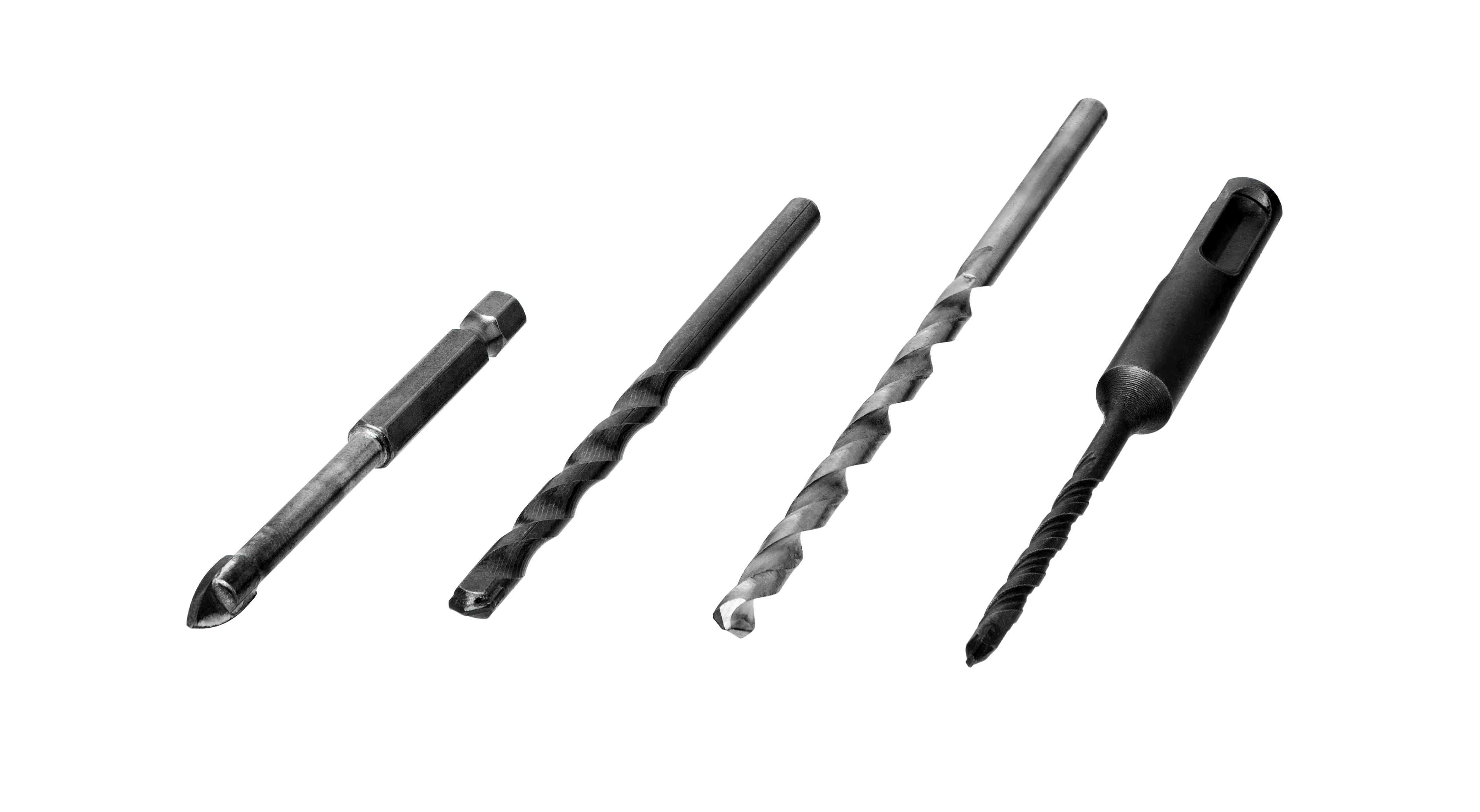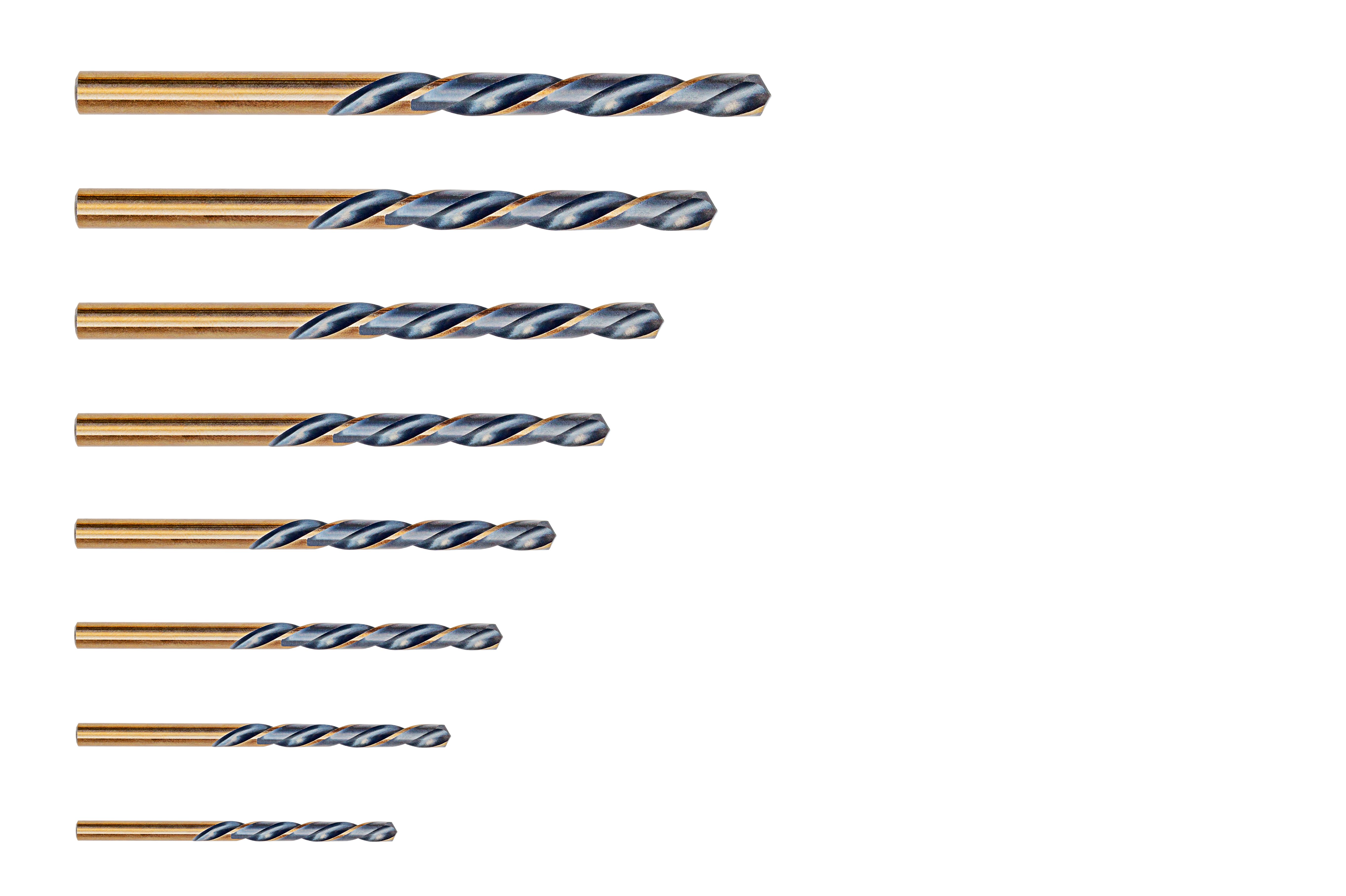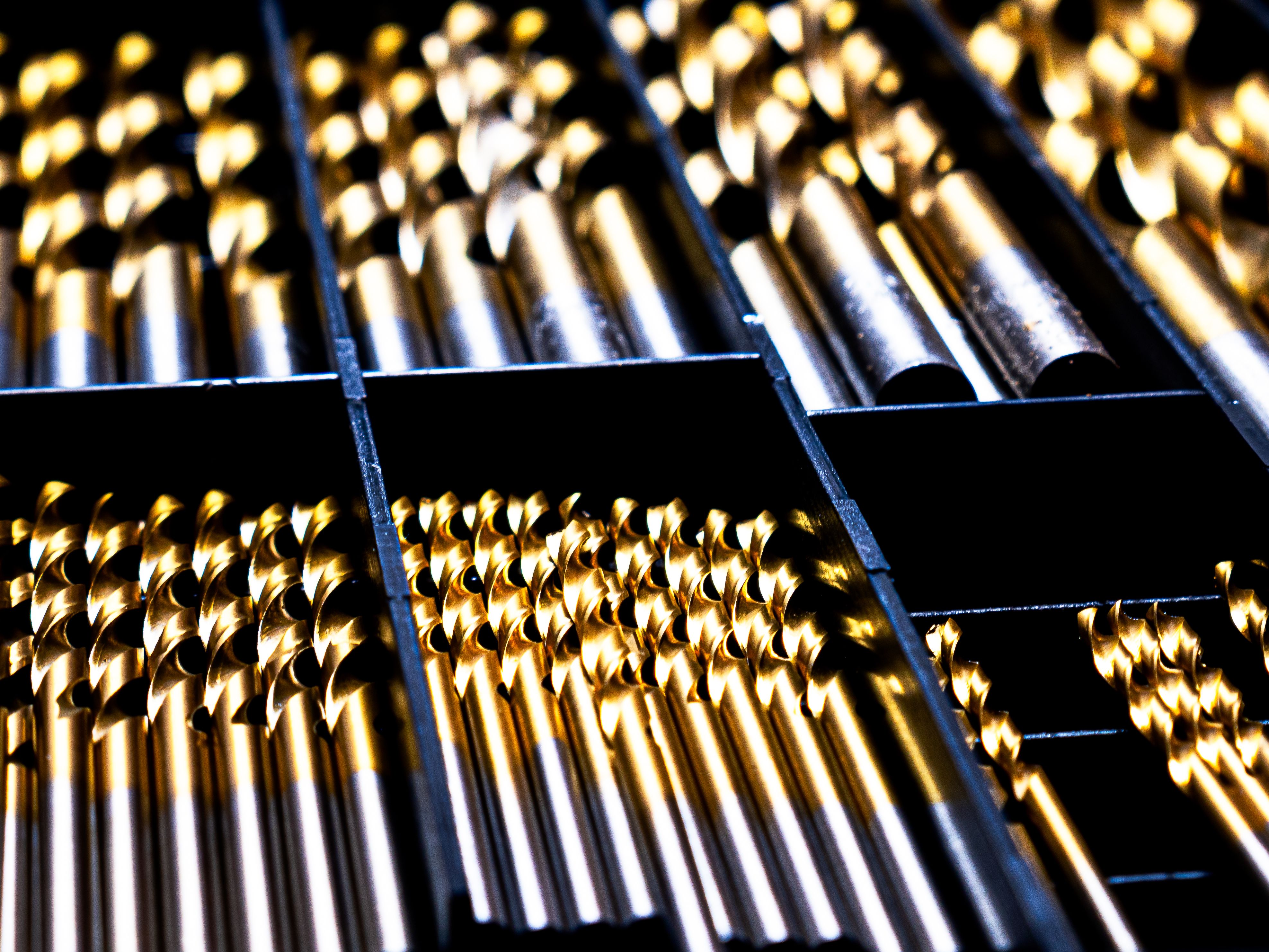Understanding the Basics of Drill Bits
RR
An Introduction to Drill Bits
Drill bits are essential tools in both professional workshops and home toolboxes. They come in various shapes and sizes, each designed for specific tasks. Understanding the basic types of drill bits and their applications can greatly enhance your efficiency and accuracy in any drilling project.

Types of Drill Bits
The world of drill bits is vast, with each type tailored for a particular material or job. Here are some common types:
- Twist Drill Bits: These are the most common and versatile, used for metal, wood, and plastic.
- Spade Bits: Ideal for woodwork, they create large holes quickly.
- Masonry Bits: Specifically designed for drilling into concrete and brick.
- Forstner Bits: Used for making clean, flat-bottomed holes in wood.
Materials and Coatings
Drill bits are made from a variety of materials, each offering different levels of durability and performance. High-speed steel (HSS) is a popular choice for general-purpose drilling due to its resistance to heat. For harder materials, cobalt or carbide-tipped bits offer more resilience.
Coatings can also enhance a drill bit's performance. Titanium coatings reduce friction and extend the life of the bit, while black oxide coatings offer corrosion resistance. Choosing the right combination of material and coating can significantly impact the quality of your work.

Choosing the Right Drill Bit
Selecting the appropriate drill bit involves considering several factors. First, determine the material you will be drilling into. Each material requires a specific type of bit for optimal results. Next, consider the size of the hole you need. Drill bits come in various diameters, so ensure you have the correct size for your project.
Additionally, consider the speed and power of your drill. Certain bits require more torque and speed to function effectively. Matching the bit with your tool's capabilities will ensure better performance and reduce the risk of damage to both the bit and your workpiece.
Maintenance and Care
Proper maintenance of your drill bits can prolong their lifespan and ensure they remain effective. Regularly clean your bits after use to remove debris and prevent rust. Store them in a dry environment to avoid moisture damage.
Sharpening your drill bits when they become dull is also crucial. Using dull bits can lead to inaccurate drilling and increase the risk of accidents. Invest in a quality sharpening tool or take them to a professional for maintenance.

Safety Tips
When using drill bits, safety should always be a top priority. Always wear protective eyewear to shield your eyes from flying debris. Ensure your workpiece is securely clamped to prevent movement during drilling.
Be mindful of the drill's speed settings; using too high a speed can cause overheating or damage to the bit and material. Finally, always follow the manufacturer's instructions for both your drill and drill bits to ensure safe and efficient operation.
Understanding the basics of drill bits can greatly enhance your craftsmanship. By selecting the right bit, maintaining it properly, and adhering to safety guidelines, you can ensure successful drilling projects every time.